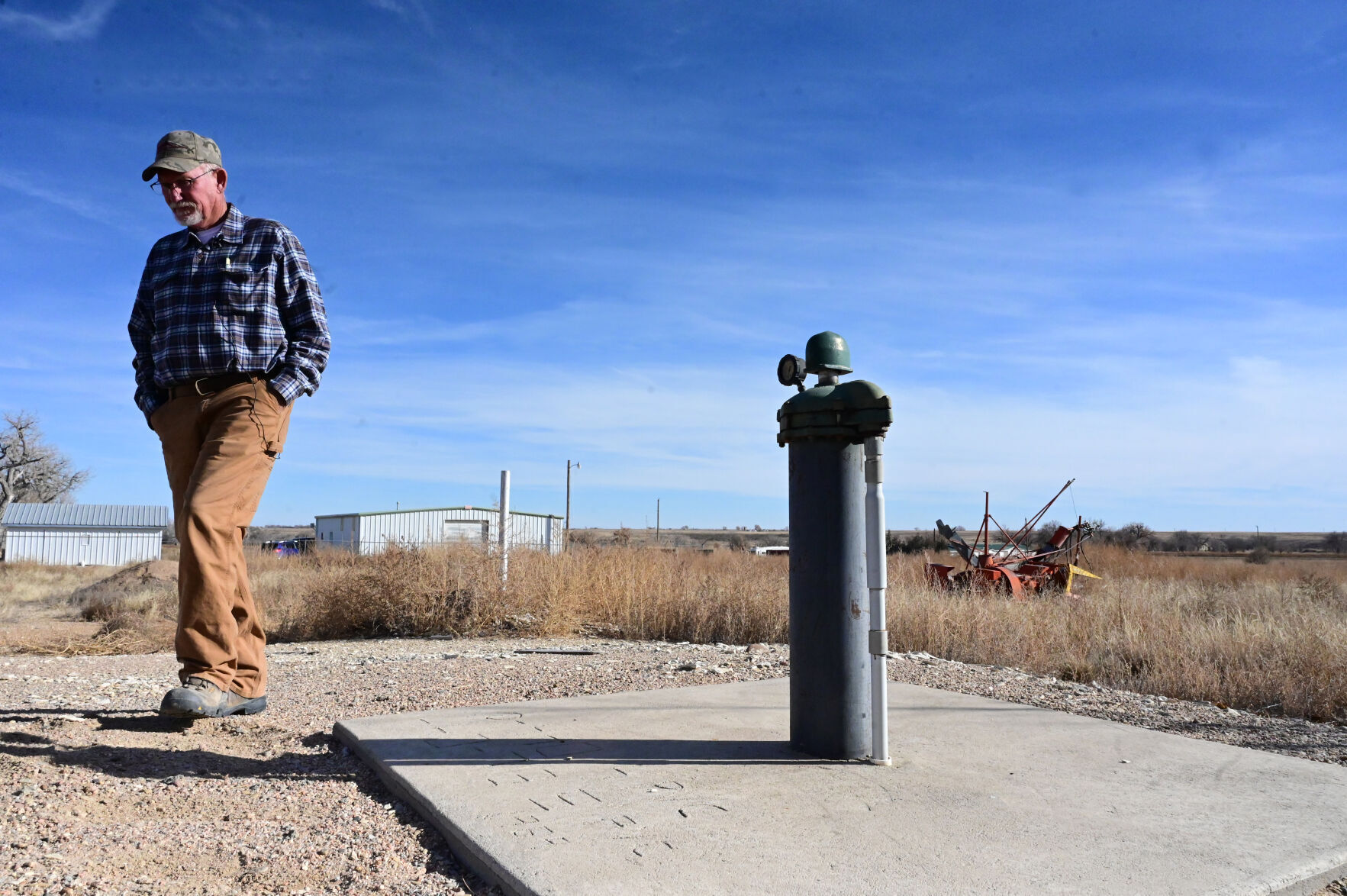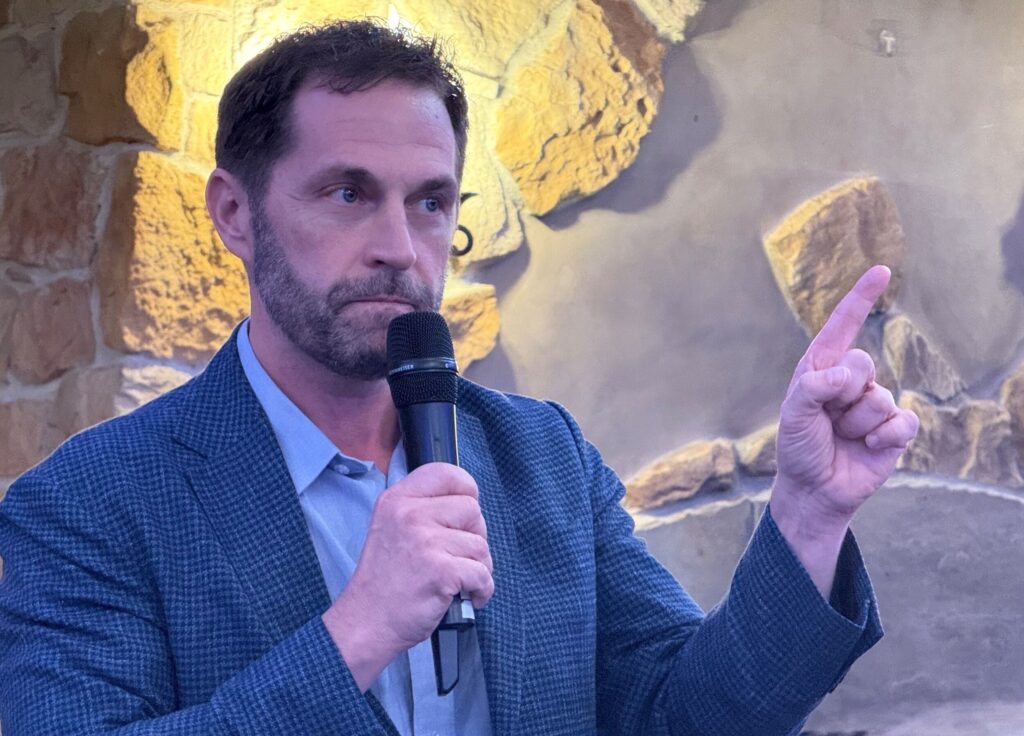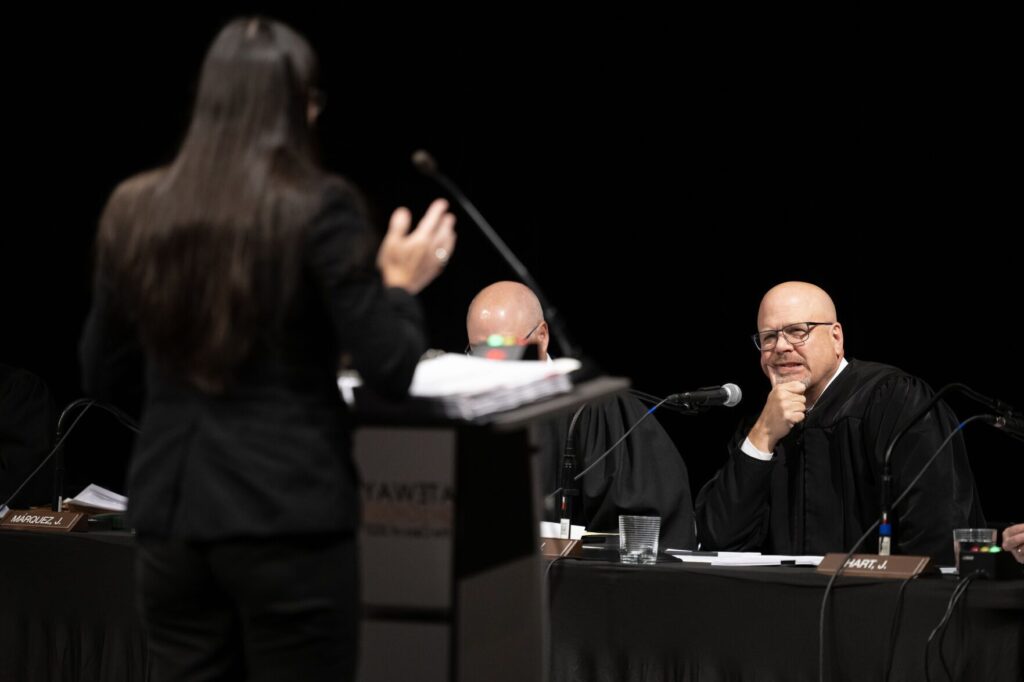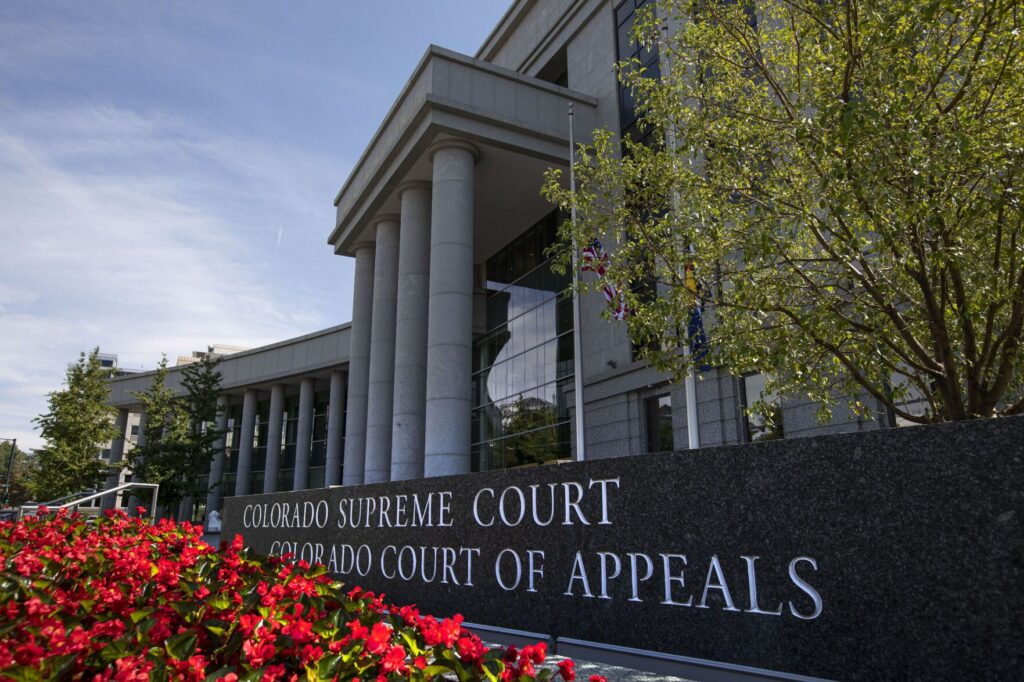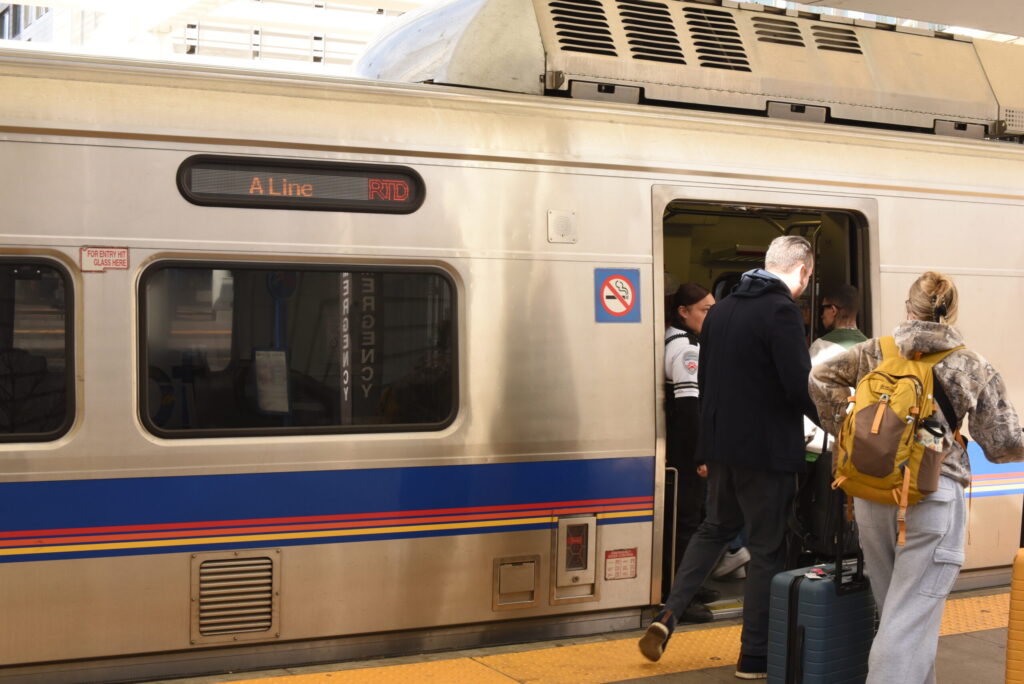60 years later, Arkansas Valley clean water pipeline project finally breaks ground
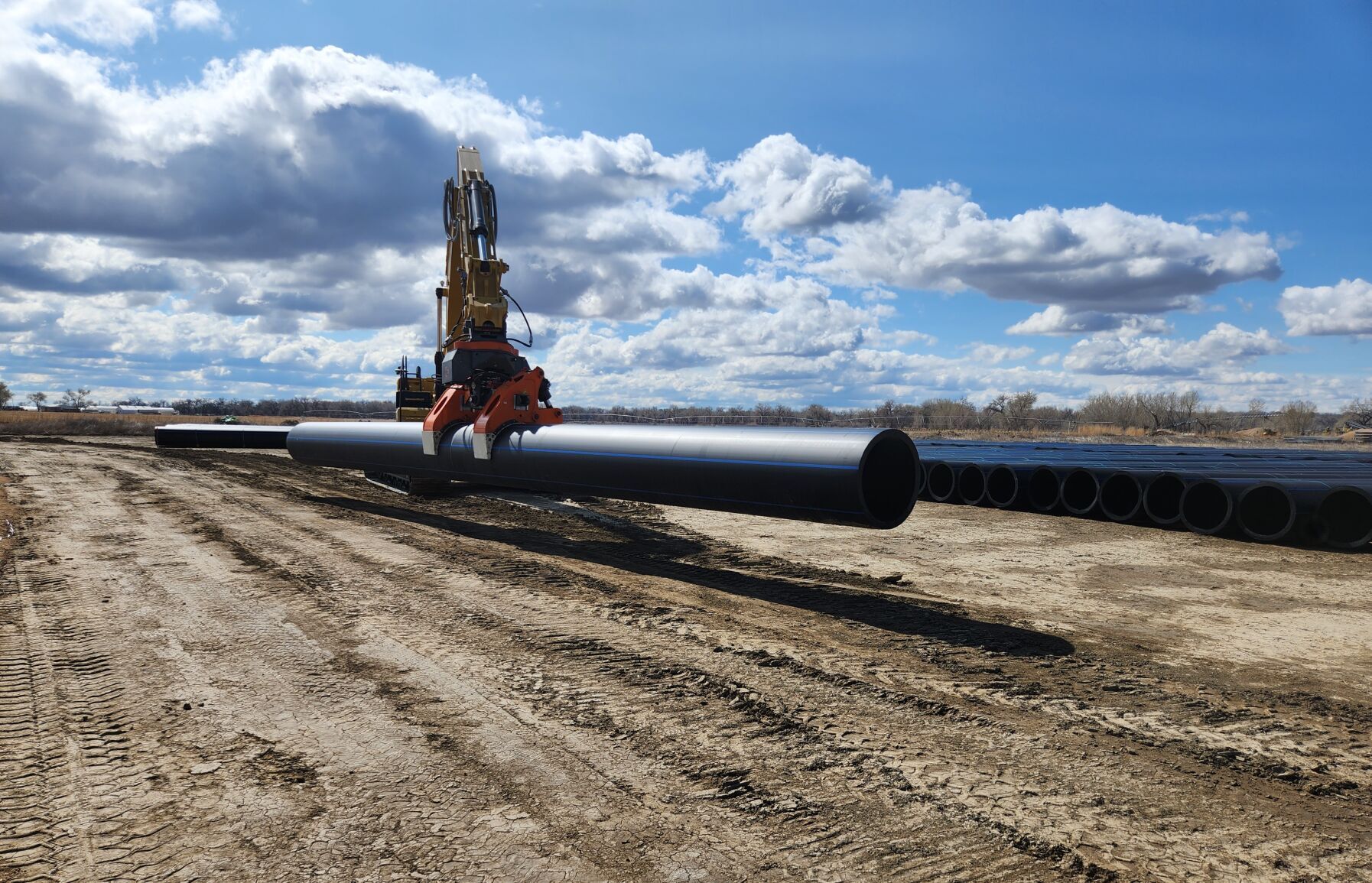
A project promised by former President John F. Kennedy to bring clean water to Lower Arkansas Valley communities is finally underway, although hundreds of millions in funding is still needed.
The Arkansas Valley Conduit project estimated to cost $600 to $700 million will bring clean water to communities with some of the highest concentrations of radium-contaminated drinking water in the nation, according to data compiled by the Environmental Working Group. The naturally occurring radium contributes to health risks, such as cancer, over a long time.
Kennedy announced the pipeline in 1962 as part of the larger Fryingpan-Arkansas Project, a system that brings water from the Western Slope to serve Colorado Springs and other communities, but funding held back the 130-mile pipeline now planned to run from Pueblo to Lamar.
In intervening decades, larger towns along the Arkansas such as La Junta have put in reverse osmosis systems to clean the water, while rural residents have installed their own filtration systems in their homes, purchased bottled water or used the water as it is, water system employees said.
In the valley, 17 communities are under enforcement orders from the state health department because of the poor water quality, a problem the pipeline will resolve, said Bill Long, the president of the Southeastern Colorado Water Conservancy District.
“Nobody should be concerned about the quality of water that they are drinking in their home,” said Colorado Water Conservation Board Executive Director Rebecca Mitchell at an event Friday.
Colorado Sens. Michael Bennet and John Hickenlooper and the Commissioner of the Bureau of Reclamation Camille Touton joined Mitchell in celebrating the start of construction Friday in front of some of the 30-inch pipe that will eventually carry water to about 50,000 people.

The officials highlighted the funding the project has received, including about $151 million in federal funding, with $60 million of that coming from the Bipartisan Infrastructure Law. The project needs about $500 million more in federal funding, Long said.
Some of that money could come from the $8.3 billion that the Bureau of Reclamation received as part of the Bipartisan Infrastructure Law, Touton said.
“We believe this project shows it can compete for that money,” she said.
While funding still needs to be secured, Hickenlooper gave an optimistic timeline of five years, while Touton gave a more tempered answer around the project’s timeline.
“We look forward to working with the state and our partners to see what we can do,” she said.
For the mostly small rural water systems waiting for the pipeline, questions also remain around infrastructure necessary to bring the water into their systems, said Norman Noe, the sole employee of the South Swink Water Company. In his position, he operates the water system, collects payments from residents and pays the bills to bring water to about 620 people over 30 square miles near La Junta.

The company draws on wells where radium is naturally occurring, and it has been under an enforcement order from the state for those high levels for decades. So the company has been lobbying for the pipeline for many years to help solve the problem, he said.
So to have pipe and a contractor lined up “is a huge accomplishment no doubt,” he said. However, he has concerns that delivering water from the pipeline will force up monthly bills.
For example, his company could need more than $1 million to put in new infrastructure, such as storage tanks to receive the water. It’s a cost that could fall heavily on relatively few customers. He is hopeful he can find a grant to cover the cost but qualifying could be difficult because South Swink is a private company rather than a local government agency. It’s a problem that other water systems in the valley have as well, he said.
“It’s needed in the valley – bad because of the water problems, but at the same time it’s got to be affordable,” he said. One option could be new local improvement districts that could be created to qualify for grant funding, he said.
State loans and grants are also expected to help build delivery infrastructure to individual communities, Long said. The Colorado Water Conservation Board has approved $90 million in loans for the project and $10 million in grants. Another $20 million for water lines to communities is pending this year, he said.
For the larger towns with reverse osmosis systems, such as Las Animas and La Junta, the pipeline will serve a slightly different problem than the radium facing smaller systems, Long said.
The larger towns are delivering clean tap water, but the water they discharge back to the river from the reverse osmosis system has more contamination that regulations allow, he said. So as the Arkansas River flows to Kansas the contamination problem compounds, he said. It’s a problem Kansas has raised concerns about.
Once the pipeline arrives, the water those towns are returning to the river will meet standards.
It’s a solution that has been nearly a century in the making because water quality problems in the region have been a known issue since likely the 1930s, he said. For example, for those not adjusted to the extremely hard water near Las Animas, it would likely have made them sick prior to the reverse osmosis plant.
The first communities to receive water from the pipeline will be Boone and Avondale likely in 2024 or 2025, he said. Boone and Avondale have problems with minerals in their water, but not radium.
“For the first ones to get water it’s not terribly far off when you consider how long we have been working on this,” Long said.

